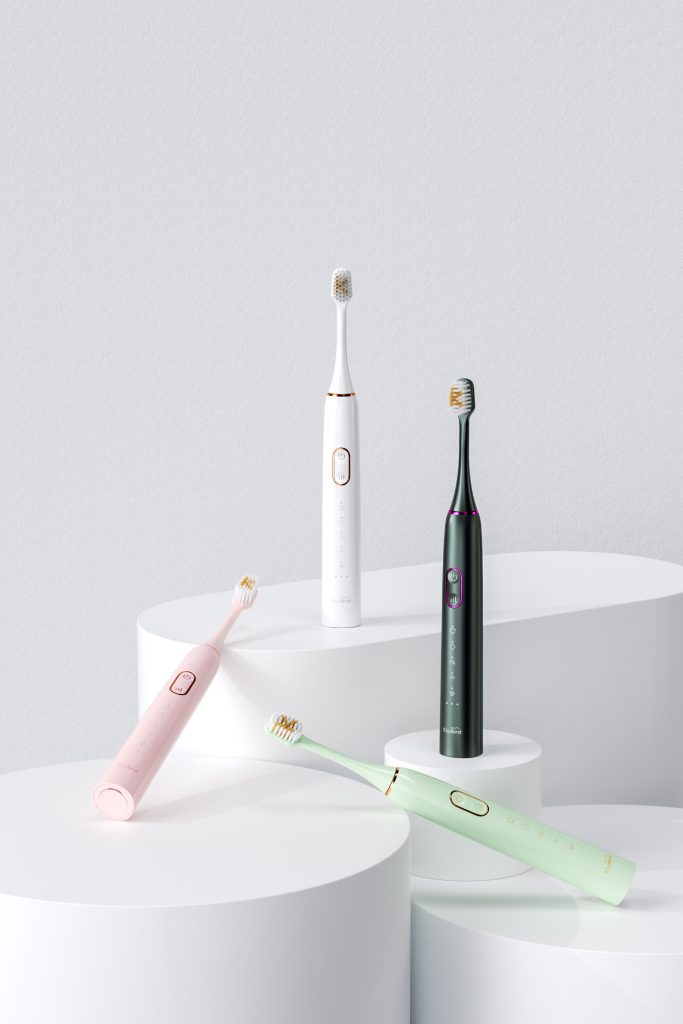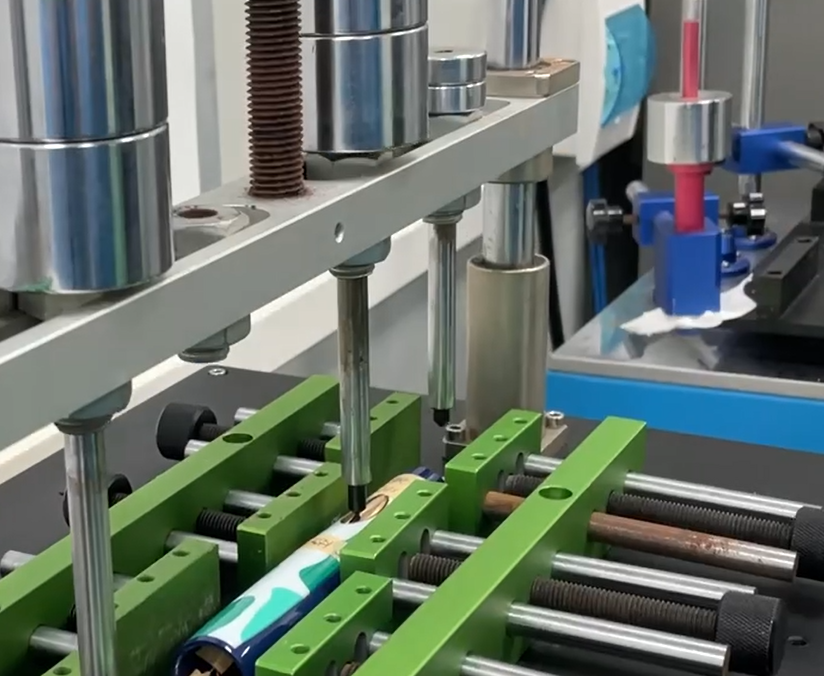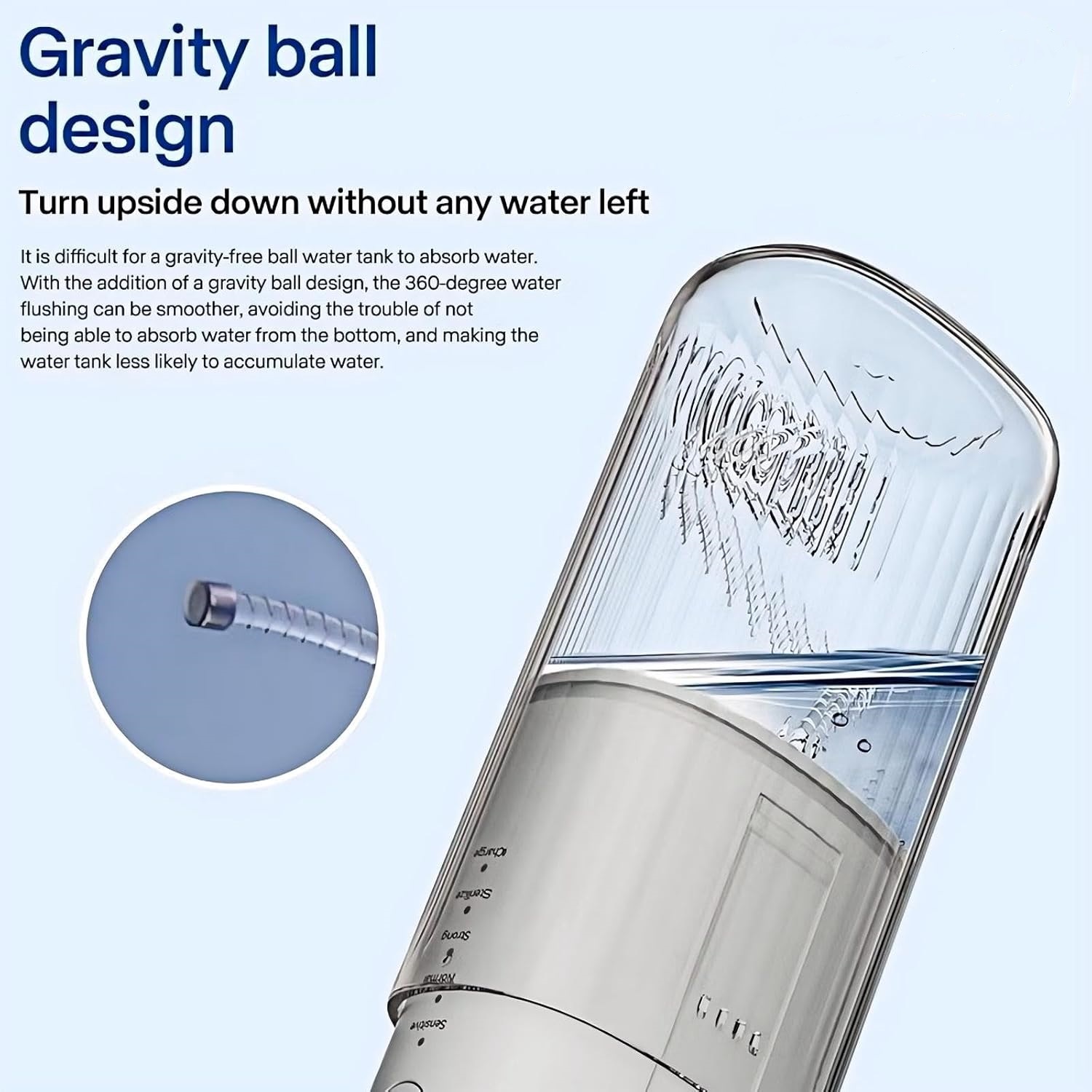In today’s highly competitive personal care and medical device market, precision and user experience are key factors in building lasting customer trust. Recently, some customers have reported a concerning trend: devices exhibiting Pressure Sensor Errors often result in Gum Irritation Signs. This blog explores the underlying causes, symptoms, and potential solutions to address these issues and ultimately enhance product performance and user comfort.
With the rise of smart dental care and high-end oral hygiene tools, consumers now expect devices not only to deliver accurate data but also to operate safely and comfortably. When Pressure Sensor Errors occur, the device may deliver inconsistent pressure during operation, leading to unwanted Gum Irritation Signs. Ensuring sensor accuracy is therefore crucial for maintaining both optimal functionality and high customer satisfaction.
Pressure sensors are integral to the operation of many oral care devices—they monitor and adjust the force applied during use. Even minor errors in these sensors, whether from calibration issues, sensor aging, or external environmental factors, can lead to data inaccuracies. Such errors can cause the device to apply too much pressure or respond erratically, which may in turn set the stage for gum irritation.
Gum Irritation Signs can manifest as redness, swelling, sensitivity, and even pain, particularly when a device applies inconsistent or excessive force during operation. These symptoms not only reduce user comfort but can also affect the perceived quality of the device. Persistent irritation may lead to increased customer complaints and warranty claims, ultimately impacting brand reputation and market positioning.
When a device relies on inaccurate sensor data, several issues may arise:
Such scenarios underline the critical connection between sensor precision and user safety.
To mitigate the risk of Pressure Sensor Errors leading to Gum Irritation Signs, manufacturers can adopt several proactive strategies:
By combining these strategies, manufacturers can significantly enhance both device performance and user comfort.
Looking to the future, integrating smart monitoring technologies and predictive analytics will be key. Utilizing Internet of Things (IoT) sensors for real-time performance feedback can help detect potential sensor drift before it causes harm. Additionally, leveraging big data and artificial intelligence will allow manufacturers to continuously refine sensor calibration and control algorithms, ensuring even greater reliability and safety in next-generation devices.
Conclusion
The precision of pressure sensors plays a vital role in the effectiveness of oral care devices. Pressure Sensor Errors can lead to Gum Irritation Signs, detracting from the user experience and undermining product trust. By understanding these issues and employing strategic technological and design improvements, manufacturers can not only prevent device-related discomfort but also set new benchmarks in quality and reliability. Continuous innovation and stringent quality control will be the foundation for long-term success in an increasingly competitive market.
Interested in learning more about optimizing sensor technology and enhancing product safety? Contact us to explore advanced solutions and best practices tailored to your needs.https://www.powsmart.com/product/electric-toothbrush/



Is Your Water Flosser Leakage Due to Poor ESD Packaging?
Electric Toothbrush for Senior Living Facilities | Gentle & Easy-Care Design
Oral Care for Executives | Professional Dental Solutions
.jpg)
Did you know a magnetic-levitation sonic motor can deliver 31,000 powerful cleaning strokes per minute?

Future Trends of Electric Toothbrush Production: Intelligent, Environmentally Friendly, and Core Competitiveness Enhancement

Causes and Solutions to Water Leakage Problems of Water Flossers
Does Motor Corrosion Cause App Connectivity Failures?

Wavelength of Whitening Teeth Device Blue Light (460–490nm) and Red Light (620–660nm)Configuration Guide
Western Style Electric Toothbrush

Compact Electric Toothbrush Design: Key Features for Travel & Minimalist OEMs
Brush Shedding with Sensor Failure? What B2B Buyers Must Know!

At What Age Can a Child Use a kids Electric Toothbrush?
.jpg)
Struggling with patient acquisition? Dental marketing that converts
SF Toothbrush Deals: Factory-Direct Discounts from China to San Francisco
Blue vs Red Light for Teeth Whitening: Choosing the Right OEM Technology

Common Water Flosser Problems and How to Fix Them
.jpg)
Florida Electric Toothbrush – Powsmart PTR-C8

electric toothbrush heads Ultra Soft

Private Label Whitening Gel

Customization Teeth Whitening Gel

electric toothbrush heads Charcoal Infuse-Round

electric toothbrush heads Regular Clean

Electric toothbrush heads Charcoal Infused-Diamond

electric toothbrush heads Deep Clean
whstapp
whstapp
National Toll-Free Service Hotline
+86 755 86238638